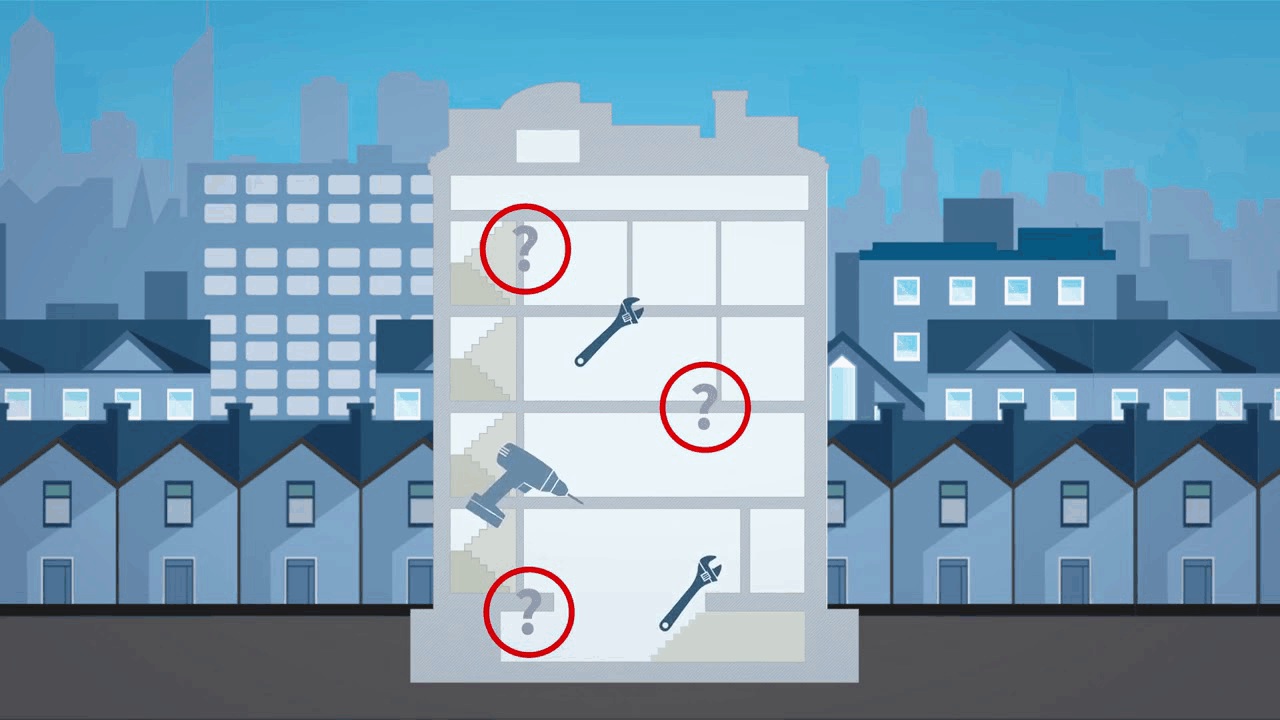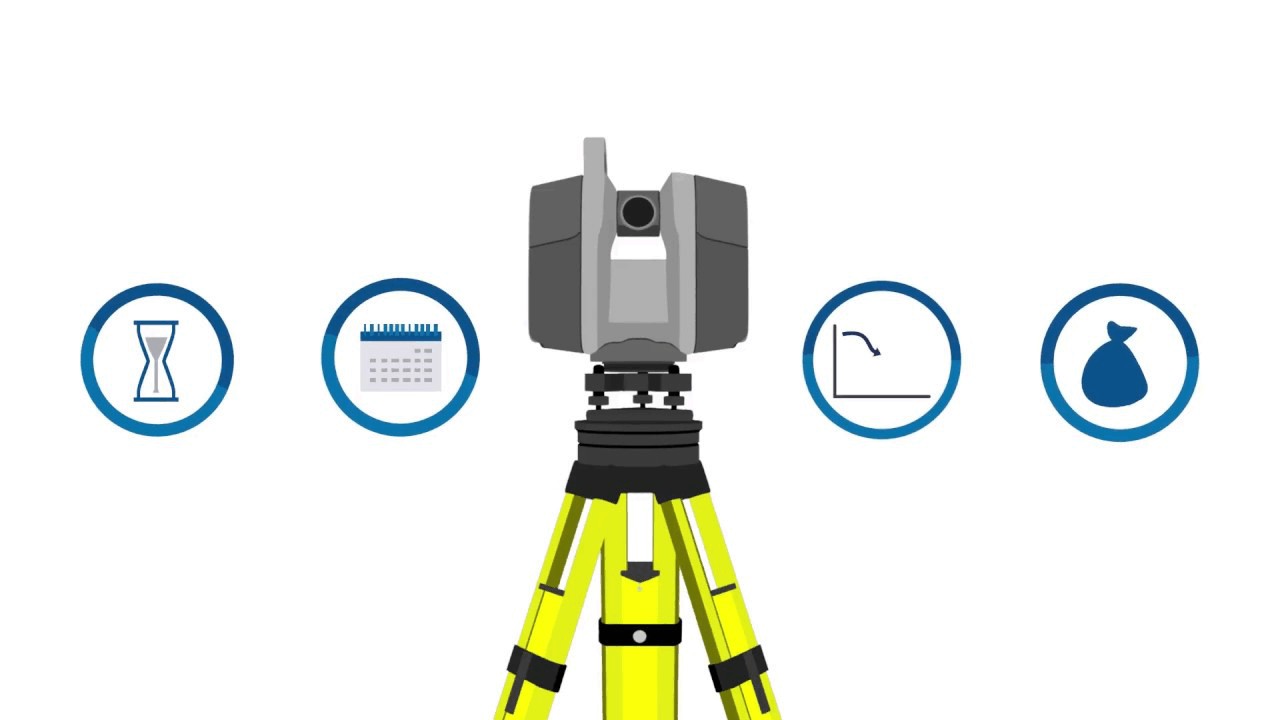If you’re a contractor looking to step up your tech game in the highly-competitive construction industry, 3D laser scanning could be the next logical step towards making your jobs more efficient— saving you time and money.
How Does It Work?
3D laser scanning emits millions of laser lights and by timing their return, can accurately and precisely calculate their 3D locations, to produce multiple high-speed scans, brought together into one system. It works by digitally capturing the dimensions and spatial relationships of objects using the reflection of a laser light.
The technology has a wide array of jobsite applications, including:
- Pre-construction as-builts
- Building Information Modeling (BIM)
- Virtual Design Construction (VDC)
- Quality Control during construction
- Comparing design intent to as-built conditions
When objects or existing site conditions are scanned, millions of data points are recorded (invisible to the human eye) and the result is an accurate depiction of the scanned site or object. This accurate depiction is called a point cloud.
Point cloud data goes into a common reference system where it’s merged into a complete model. This process is called alignment or registration, and dozens of scans can quickly be stitched together. The 3D CAD Model created from the point cloud can then aid in extending BIM workflows.
Why Would You Need It?
3D laser scanning is quickly becoming the norm in the AEC industry. In fact, technology is advancing much faster than the industry itself. According to KPMG’s Global Construction Survey from 2016, the industry is yet to fully embrace technology, and just over 20% of respondents said they’re changing their business models to accommodate this rapid growth. In addition, data volume is rising quickly, causing most executives and project owners to struggle to make sense of the information. The result is an industry far behind others in adopting the latest tech.
The bright side? A small group of contractors now have the advantage.
Since much of the industry has struggled to adopt even the most basic technology, firms that do are catapulted well above the competition. With the ability to capture data at one million points per second, with a scan time of only three minutes, adopting 3D laser tech is a great first step.
Although the benefits go beyond just three, the video below will give you a good idea of how scanning technology can catapult your firm well above the competition.
3 Key Benefits of 3D Laser Scanning
Don’t forget to share this with your network!
1. Speed, Accuracy, and Consistency
- 3D laser scanning enables a fast and accurate means of collecting millions of measurable data points in seconds to provide pinpoint accuracy, every time.
2. Valuable Data for Design
- Datasets are dimensionally accurate, measurable, and shareable, so you can eliminate any guesswork back at the office.
3. Works on Retrofits and New Builds
- For detailed MEP installations, you need a high level of accuracy. If your project is complex, involves retrofits, or requires refurbishment, you can capture precise data over the full measurement range.
Interested in learning more about best practices for adopting the latest scanning technology for your construction firm? Download our free guide, 3D Scanning at a Glance.





![[On Demand] Cloud Engine, a point cloud software that has benefits across construction lifecycle](https://play.vidyard.com/krDXXSZc79pBq8qPSi6W2L.jpg)
![[On-Demand Webinar] - Scan Essentials by Trimble, modéliser à partir d'un nuage de points](https://content.cdntwrk.com/mediaproxy?url=https%3A%2F%2Fplay.vidyard.com%2FA8gbz15oHds6JLskjgic5C.jpg&size=1&version=1692731292&sig=26f2e76e220448d9bb5042f0e684237c&default=)
![[On demand webinar] Laser Scanning Myths Busted for Mechanical & Electrical Professionals](https://content.cdntwrk.com/mediaproxy?url=https%3A%2F%2Fplay.vidyard.com%2FEbAQRaubYhCRh1H5qdMoYZ.jpg&size=1&version=1692731300&sig=67ee3bbda98878ba84acb3d96b1ce197&default=)













